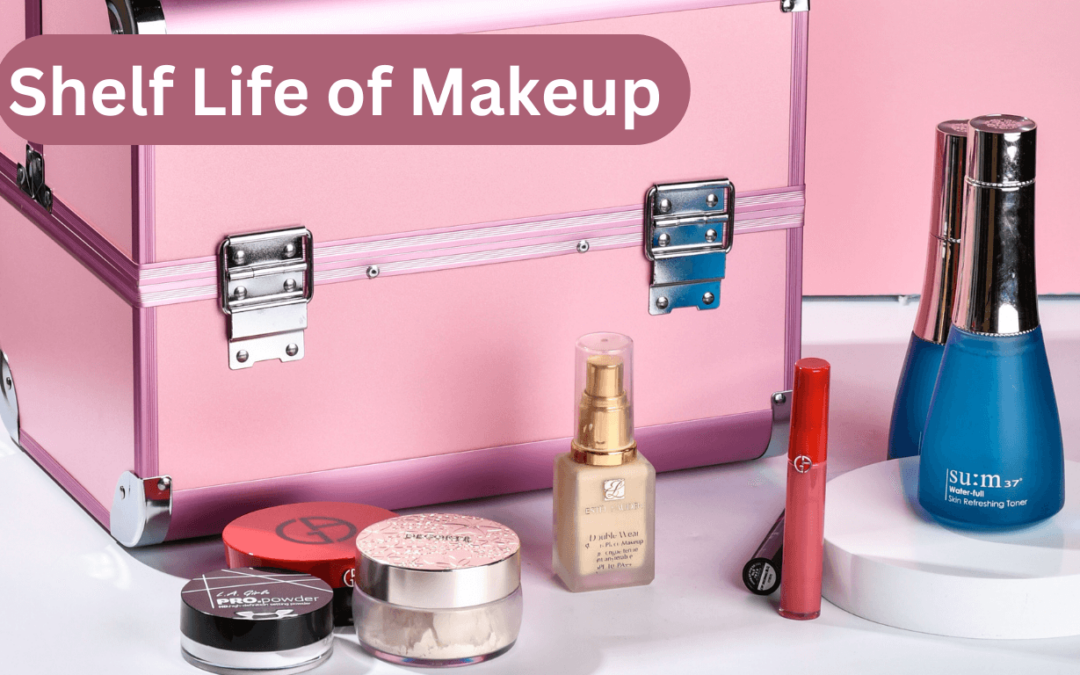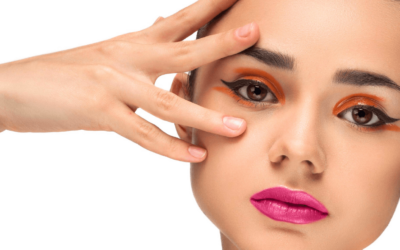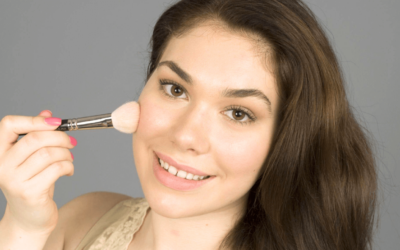As beauty enthusiasts, we invest in a wide array of makeup products to enhance our features and express our individuality.
However, it’s important to be mindful of the shelf life of makeup to ensure the safety and efficacy of our beauty products. Using expired makeup can lead to skin irritation, breakouts, and even infections.
In this comprehensive guide, we will delve into the world of beauty product expiration, providing you with essential knowledge on makeup shelf life, storage tips, and how to determine when it’s time to bid farewell to your beloved cosmetics.
Let’s embark on this journey of beauty hygiene and product longevity!
Understanding Makeup Expiration Dates
Just like any other perishable item, makeup products have a limited lifespan. Understanding the concept of expiration dates is crucial for maintaining the quality and safety of your cosmetics. Here are a few key points to keep in mind:
Product Symbol: The Period After Opening (PAO) Symbol
Many cosmetics feature a small symbol on their packaging that resembles an open jar, accompanied by a number and the letter “M.”
This symbol, known as the Period After Opening (PAO) symbol, indicates the recommended lifespan of the product after it has been opened. It helps you gauge when it’s time to replace or discard the makeup item.
General Shelf Life Guidelines
While PAO symbols provide specific guidance for individual products, there are some general shelf life guidelines that can be helpful:
Mascara: 3-6 months
Foundation: 6-12 months
Lipstick: 1-2 years
Eyeshadow and Powder Products: 1-2 years
Cream and Liquid Products: 6-12 months
It’s important to note that these time frames are approximate and can vary depending on the product’s formulation, storage conditions, and usage habits.
Always refer to the specific PAO symbol or manufacturer’s recommendations for accurate information.
Factors Affecting Makeup Shelf Life
Several factors can impact the shelf life of your makeup products. Being aware of these factors will help you prolong the longevity of your cosmetics and ensure their quality:
Product Formulation
Different product formulations have varying shelf lives. Cream and liquid products tend to have a shorter shelf life compared to powder products. This is because cream and liquid formulas are more prone to bacterial growth and degradation.
Exposure to Air and Light
Exposure to air and light can accelerate the deterioration of makeup products.
Oxygen and UV radiation can break down the product’s ingredients, leading to changes in texture, color, and effectiveness. It’s essential to store your makeup in airtight containers and in a cool, dark place.
Contamination
Cross-contamination can occur when bacteria or other microorganisms are introduced into your makeup products. This can happen when using dirty brushes, fingers, or unclean surfaces.
Practicing good hygiene and regularly cleaning your tools will help prevent contamination and extend the shelf life of your cosmetics.
Quality of Ingredients
The quality of ingredients used in makeup products can also impact their shelf life. Higher-quality ingredients and preservatives can prolong the product’s freshness and effectiveness.
It’s advisable to choose reputable brands and check for any specific ingredient sensitivities that might affect shelf life.
Signs of Expired Makeup
Recognizing the signs of expired makeup is crucial for maintaining healthy skin and preventing any adverse reactions. Here are some common signs that indicate your makeup has passed its prime:
Changes in Texture, Color, or Smell
Expired makeup products may undergo changes in texture, color, or develop an unpleasant odor.
For example, a foundation may become runny or separate, a lipstick may change in consistency, or an eyeshadow may lose its pigmentation. If you notice any unusual changes, it’s best to discard the product.
Irritation or Allergic Reactions
Using expired makeup can lead to skin irritation, redness, itching, or even allergic reactions.
If you experience any of these symptoms after applying a particular product, discontinue its use immediately and consult a dermatologist if necessary.
Product Separation or Clumping
When makeup products start to separate or clump together, it’s a clear indication of their deteriorating condition.
This can occur in liquid foundations, cream eyeshadows, or nail polishes. Shake or stir the product gently, and if it doesn’t blend back to its original consistency, it’s time to bid farewell.
Makeup Storage and Hygiene Practices
Proper storage and hygiene practices play a vital role in extending the shelf life of your makeup. Follow these guidelines to keep your cosmetics in optimal condition:
Store in a Cool, Dry Place
Heat and humidity can accelerate the degradation of makeup products. Store your cosmetics in a cool, dry place away from direct sunlight, such as a drawer or a dedicated makeup storage container.
Close Containers Tightly
Ensure that all makeup containers are tightly closed to prevent air and moisture from entering. This helps preserve the product’s integrity and prevents bacterial growth.
Clean Tools and Brushes Regularly
Regularly clean your makeup brushes, sponges, and other applicators to remove any accumulated product, oil, or bacteria. This prevents cross-contamination and extends the life of your makeup.
Avoid Sharing Makeup
Sharing makeup products, especially with others, increases the risk of contamination and the spread of bacteria or infections. It’s best to avoid sharing your cosmetics to maintain good hygiene.
Makeup Disposal Guidelines
When it’s time to bid farewell to your expired makeup, it’s essential to dispose of it properly. Follow these guidelines to ensure safe and responsible makeup disposal:
Check Local Regulations
Different regions may have specific regulations regarding the disposal of cosmetics. Check your local guidelines to determine the best practices for makeup disposal in your area.
Recycle Packaging
Whenever possible, recycle the packaging of your makeup products. Many cosmetic brands have recycling programs or accept empty containers for recycling.
Look for recycling symbols on the packaging or consult the brand’s website for more information.
Empty and Sanitize Containers
Before disposing of makeup containers, empty them completely and rinse them thoroughly. This helps minimize any potential environmental impact and ensures proper recycling.
Conclusion
Understanding the shelf life of makeup is vital for maintaining the quality, safety, and effectiveness of your beauty products.
By being aware of expiration dates, practicing good storage and hygiene habits, and recognizing the signs of expired makeup, you can protect your skin and prolong the longevity of your cosmetics.
Remember, using expired makeup can lead to skin irritation and adverse reactions. So, take care of your beloved beauty products, embrace good hygiene practices, and enjoy the transformative power of makeup while keeping your skin healthy and radiant.
















